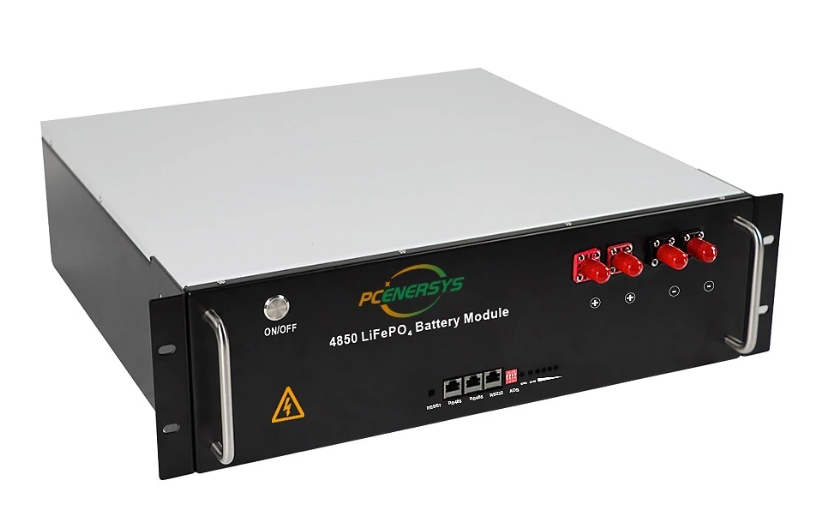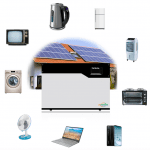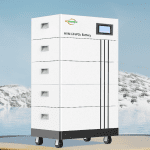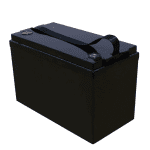As more and more home users use 48V LiFePO4 Powerwall product solutions to meet their energy storage needs, it is critical to maintain optimal performance and extend the service life of 48V LiFePO4 Powerwall products. In this article, we share methods and recommendations to keep your 48V LiFePO4 Powerwall product, providing valuable insights to help homeowners maintain optimal performance while in use.
Key takeaways:
- Regular inspection and cleaning
- Monitor health status
- Optimize charge and discharge cycles
- Proper ventilation and temperature control
- Update product firmware and software
Regularly inspect and clean 48V LiFePO4 Powerwall products
Regular inspection and cleaning of 48V LiFePO4 Powerwall products are essential maintenance tasks to maintain their performance and longevity. Regular visual inspection of 48V LiFePO4 Powerwall products is required during daily use. This includes inspecting the battery case, terminals, cables, and connectors for any signs of physical damage, corrosion, or wear. Make sure all components are securely fastened and properly aligned.
Then, the electrical connections and wiring of the 48V LiFePO4 Powerwall product must be checked to ensure they are tight, secure, and corrosion-free. Loose connections or damaged wiring can cause voltage drops, degraded performance, and safety hazards. When it comes to cleaning, we can use a soft, dry cloth to gently wipe away dust, dirt, and debris from the outer surface of the battery. Be careful not to use abrasive cleaners or solvents that may damage the housing or components.
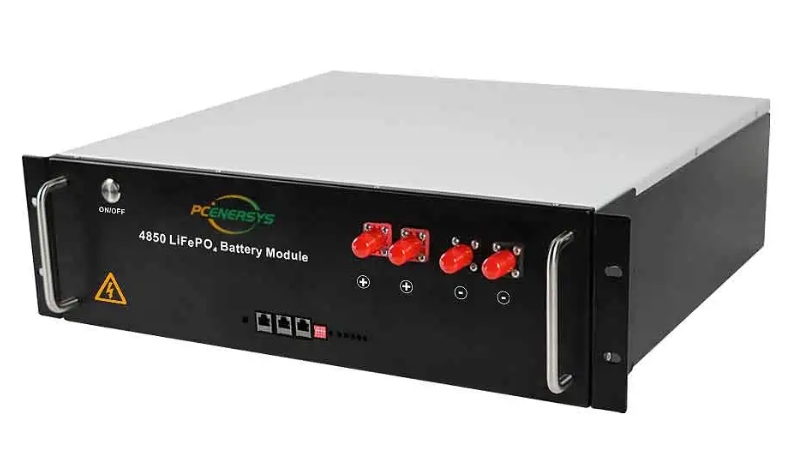
Monitor 48V LiFePO4 Powerwall products health
Monitoring the health and proactive management of 48V LiFePO4 Powerwall products can keep their performance at optimal levels. Monitor the health of your 48V LiFePO4 Powerwall product, including its state of charge (SOC) and state of health (SOH). SOC refers to the battery’s current charge level, while SOH reflects the battery’s overall health and capacity over time. By monitoring these parameters, users can evaluate the battery’s performance, predict its remaining life, and take appropriate preventive measures.
Monitoring them also provides insights into their charging and discharging behavior, including energy input and output rates, charge/discharge cycles, and efficiency. By analyzing this data, users can identify trends, patterns, and anomalies that may indicate problems or inefficiencies in system operation. Monitoring also enables users to proactively manage energy usage and storage, adjust charging and discharging schedules, set energy-saving modes, and optimize system settings based on real-time data and insights.
Optimizing the charging and discharging cycles of 48V LiFePO4 Powerwall products
Maintaining even charge and discharge cycles will maximize battery life and sustain long-term performance. Frequent or deep discharge will accelerate battery degradation and shorten its service life. Maintaining their state of charge within a moderate range, usually between 0 and 60°C, can reduce battery stress.
We must also avoid exposing them to extreme temperatures, as high temperatures can accelerate degradation and reduce battery performance. Ensure you install the battery in a well-ventilated area with adequate airflow to dissipate heat and maintain optimal working conditions. By optimizing the charge and discharge rates of 48V LiFePO4 Powerwall products, we can minimize battery stress and maximize efficiency because rapid charging or high-rate discharge generates excess heat and increases the risk of battery damage. Charge and discharge cycles should be done gradually, at a moderate rate, to promote optimal battery health and longevity.
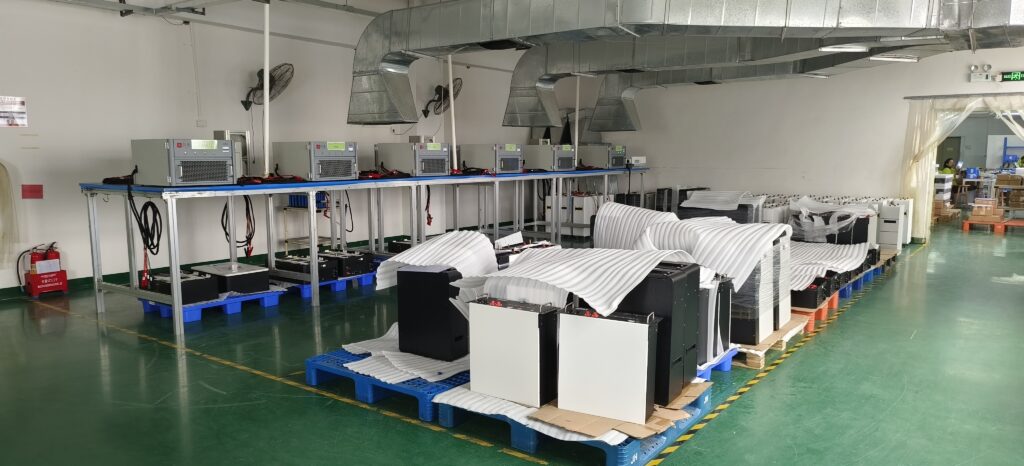
Ensure proper ventilation and temperature control
Proper ventilation and temperature control are necessary to maintain optimal battery performance. Adequate ventilation and temperature regulation help dissipate excess heat generated during charge and discharge cycles, reduce the risk of thermal degradation, and extend battery life. Install them in a well-ventilated area with good air circulation to facilitate heat dissipation. Implementing a temperature control mechanism or thermal management system can effectively regulate the temperature of 48V LiFePO4 Powerwall products and keep them within charging: 0~60℃; discharging: -10℃~65℃. Cooling fans, radiators, or thermal insulation devices can also dissipate heat and maintain a stable operating temperature within the battery unit.
Update product firmware and software
Updating firmware and software is a way to get the latest improvements and enhancements, maintain optimal performance, enhance the user experience, and extend the life of your 48V LiFePO4 Powerwall product. Firmware updates resolve bugs, vulnerabilities, and compatibility issues that may affect the performance or stability of 48V LiFePO4 Powerwall products. In addition, firmware updates may introduce new features or functionality that enhance functionality. These features may include improved energy management algorithms or compatibility with third-party devices and systems. These optimizations may involve fine-tuning energy management algorithms, adjusting charging and discharging parameters or implementing energy-saving features.
Ensure optimal performance
By reading this article, we know that maintaining the optimal performance of your 48V LiFePO4 Powerwall products requires proactive maintenance, monitoring, and management. Homeowners can maximize their efficiency and performance by performing regular inspections, monitoring battery health, ensuring proper ventilation and temperature control, and more.

